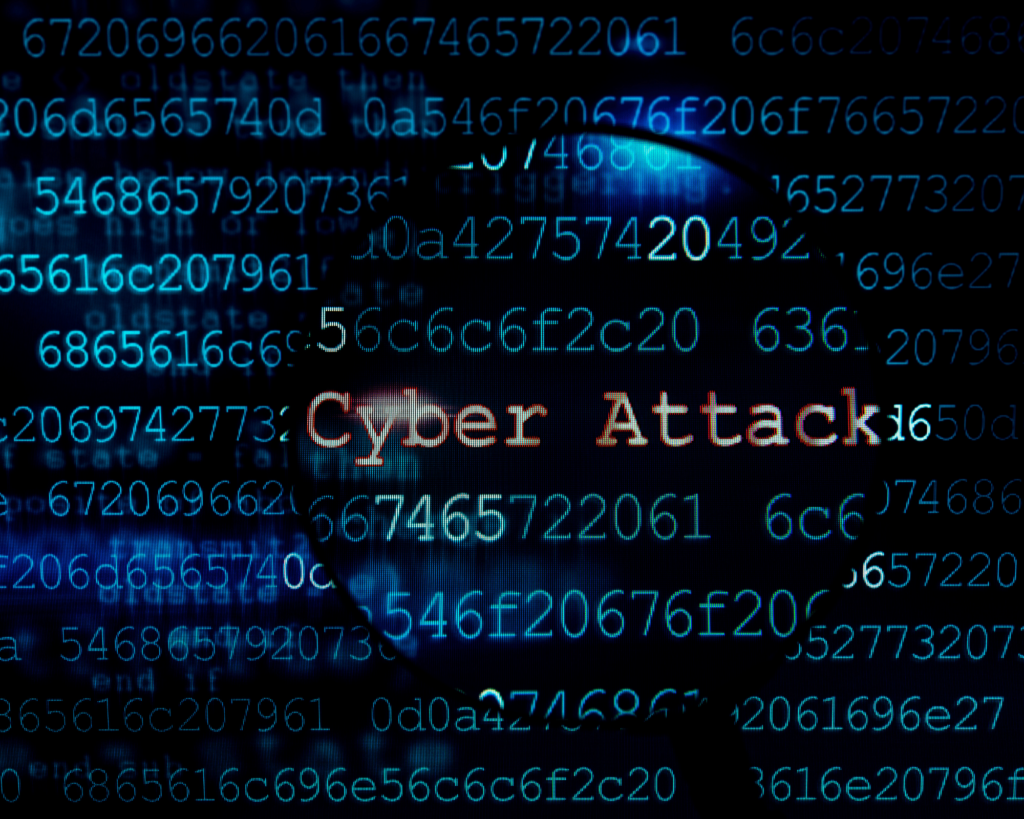Introduction
In an era where digital threats loom large, the increasing frequency of cyberattacks on critical infrastructure has become a pressing concern. One of the most alarming recent developments is the claim by the LockBit ransomware group that they have breached the US Federal Reserve, allegedly stealing 33 terabytes of sensitive data. This incident not only underscores significant vulnerabilities in national cybersecurity but also highlights the urgent need for enhanced protective measures to safeguard critical institutions.

Overview of LockBit Ransomware Group
The LockBit ransomware group, first identified in January 2020, has quickly risen to notoriety within the cybercriminal underworld. Initially appearing on Russian-language cybercrime forums, LockBit has evolved through several iterations, including LockBit 2.0 and the current LockBit 3.0. The group has been linked to numerous high-profile attacks, leveraging a Ransomware-as-a-Service (RaaS) model that allows affiliates to use their ransomware tools in exchange for a share of the profits. This model has enabled LockBit to scale its operations and increase the frequency and impact of its attacks.
LockBit’s modus operandi typically involves sophisticated techniques and tools designed to infiltrate and exfiltrate data from targeted networks. One of their hallmark tools is StealBit, a custom exfiltration tool first used with LockBit 2.0. The group is known for its meticulous planning and execution, often using 7-zip to compress and encrypt collected data before exfiltration. This level of sophistication has made LockBit one of the most formidable ransomware groups in operation today.
The Alleged Breach of the US Federal Reserve
On June 23, 2024, the LockBit ransomware group made a bold announcement on their website, claiming responsibility for a cyberattack on the US Federal Reserve. According to their statement, they had successfully stolen 33 terabytes of data, including sensitive information related to financial transactions and internal communications. The group even attached a Federal Reserve press release about an enforcement action against Evolve, a financial organization known for its open banking partnerships, as part of the ‘stolen’ collection.
In response, the US Federal Reserve issued a statement denying the breach and asserting that their systems remained secure. Despite these assurances, the Federal Reserve has taken precautionary measures, including conducting a thorough investigation and enhancing their cybersecurity protocols. The discrepancy between LockBit’s claims and the Federal Reserve’s denials has left many questions unanswered, fueling speculation and concern.
Implications of the Breach
The potential economic impact of a successful breach of the US Federal Reserve cannot be overstated. As the central bank of the United States, the Federal Reserve plays a crucial role in maintaining financial stability. A compromise of its systems could have far-reaching consequences for the US economy, potentially disrupting financial markets and undermining investor confidence. The global financial markets, which are closely interconnected, could also experience significant volatility as a result.
From a national security perspective, the breach raises serious concerns about the vulnerability of critical infrastructure. The Federal Reserve is not just a financial institution; it is a cornerstone of the nation’s economic security. A successful cyberattack on such a vital entity could embolden other ransomware groups to target additional federal institutions, posing a broader threat to national security.
Public trust and confidence in federal institutions are also at stake. The mere claim of a breach, regardless of its veracity, can erode public trust in the government’s ability to protect sensitive information. This erosion of trust can have long-term effects, making it more challenging for federal institutions to maintain credibility and effectively carry out their missions.

Analysis of Cybersecurity Measures
The Federal Reserve, like many other critical institutions, has implemented a range of cybersecurity protocols to protect its systems. These measures include advanced firewalls, intrusion detection systems, and regular security audits. However, the effectiveness of these measures is now under scrutiny. The alleged breach by LockBit suggests that there may be vulnerabilities that have yet to be addressed.
Identified weaknesses exploited by LockBit could include outdated software, insufficient encryption, and inadequate monitoring of network activity. These vulnerabilities are not unique to the Federal Reserve; they are indicative of broader systemic issues in federal cybersecurity. To address these challenges, it is essential to enhance security protocols and technologies, increase funding and resources for cybersecurity, and foster collaboration with private sector and international partners.
Broader Context of Ransomware Attacks
The LockBit breach is part of a larger trend of increasing frequency and sophistication of ransomware attacks. In recent years, ransomware groups have shifted their focus to critical infrastructure and high-profile entities, recognizing the potential for significant financial gain and disruption. The healthcare sector, for example, has seen a nearly 128% increase in ransomware attacks in the US alone, highlighting the growing threat to essential services.
Globally, efforts to combat ransomware have intensified, with international cooperation and legal measures playing a crucial role. Countries are working together to share intelligence, track down cybercriminals, and implement stricter regulations to deter ransomware activities. However, the rapidly evolving nature of ransomware requires continuous adaptation and innovation in cybersecurity strategies.
Conclusion
The claim by the LockBit ransomware group of breaching the US Federal Reserve serves as a stark reminder of the vulnerabilities in our national cybersecurity. The potential economic, national security, and public trust implications underscore the importance of addressing these vulnerabilities with urgency. A proactive and comprehensive approach to cybersecurity is essential, involving enhanced security protocols, increased funding, and international collaboration. Policymakers, institutions, and individuals must prioritize cybersecurity to protect our critical infrastructure and ensure the resilience of our digital landscape.

